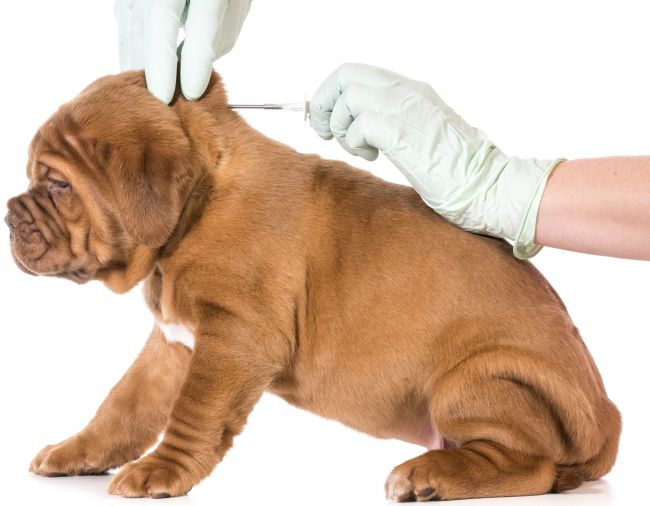 We agree that microchipping is a difficult concept to accept for pet parents who detest causing their animals the slightest discomfort. It is not an ideal scenario to implant a device under any creature’s skin. However difficult adding a microchip might seem at first blush, the reasons why it benefits a pet far outweigh any momentary discomfort the animal might experience.
We agree that microchipping is a difficult concept to accept for pet parents who detest causing their animals the slightest discomfort. It is not an ideal scenario to implant a device under any creature’s skin. However difficult adding a microchip might seem at first blush, the reasons why it benefits a pet far outweigh any momentary discomfort the animal might experience.
According to the American Humane Association, there are over 10 million domestic pets who are either stolen or lost every year in America. Though we can offer an abundance of advice on how to keep your dog from running away, sometimes accidents happen. Instead of becoming a statistic, consider some of the reasons to microchip your cat or dog.
Reasons Why You Should Microchip Your Pet
- Pets have a tendency to run away, get lost or stolen. Statistics show that one third of all domestic pets get lost at some point during their lifetime (whether for a few hours, days or longer.)
- A study published by the Journal of the American Veterinary Medical Association showed that only 22% of unidentified lost dogs are reunited with their owners. In comparison, dogs that had been microchipped were returned to their owners at a rate of nearly 60%. This is an increase of over 230%!
- Similarly, less than 2% of unmarked cats found by shelters are returned to their families; those that are microchipped have a return rate of 38%.
- Microchipping protects pets from being stolen. If you own an expensive dog or cat breed and are worried about your animal being taken, the microchip provides a tracking device that allows them to be located efficiently.
- If someone removes the ID collar you have put on your pet, and claims your dog or cat belongs to them, you can take them to court knowing that the animal carries internal proof. The microchip will identify you as the rightful owner when the pet is scanned.
- Microchipping is a portable medical record for your animal. Owners can opt for all history of veterinary visits, vaccinations, test results, and prescriptions to be listed in the microchip. This way, if anything happens to you, your cat or dog can still receive the care they need based on the report of the microchip.
- Microchipping is inexpensive. For a price usually ranging from $20-50 depending on what your vet charges, your cat or dog can be given a safety ID code to help protect them for life.
Why Microchipping Should Be Required by Law
Here are some further issues to consider. The country of Northern Ireland just made it a requirement to have all dogs to be microchipped. Does that seem invasive? Weigh the positive improvements we would see in society if the same requirement became legal in the United States:
If microchipping pets was required by law, not only would our pets be safer, but it would provide a way to track criminals using dogs to their unlawful advantage, and it would keep pet owners accountable for abusive behavior. It is unfortunate, but many animals are actually abandoned by their owners when things go awry, or life gets too expensive or difficult. If a stray is found, microchipping would help trace the cat or dog back to the person that abandoned them. If any abuse or neglect could be proven, the pet owner could then be charged with cruelty to animals instead of having zero accountability.
Likewise, some criminals pervert a dog’s nature by training them to become killing machines which ought to be regarded as lethal weapons. Breeds like Pit Bulls, Rottweilers and German Shepherds can be trained by dangerous people to attack on command, but having all dogs microchipped while young would help the “good guys” be able to catch these dogs and trace them back to the criminals that trained them.
While having a pet microchipped is a choice that each individual pet owner must make, one cannot deny the positive elements that imbedded tracking and identifying devices provide.

